Many people in North America believe coyote hunting to be an exciting and rapidly growing sport for tracking and hunting animals. The coyote’s natural qualities—instinct, senses, and ability to adapt—mean you have to be cautious, prepared, and skilled to catch one. If you want to reduce coyote numbers, keep livestock safe, or just hunt, you need to know how to hunt coyotes properly with these coyote hunting tips.
This guide features easy-to-follow coyote hunting tips designed for people just starting out. We will go over the steps of finding coyotes, the proper equipment, and the behavior and laws involved.
1. How Do You Find a Coyote?
Start by figuring out where coyotes live, how their activities change with the seasons, and how they move. Coyotes have adapted to live on plains, in deserts, deep forests, open agricultural areas, and even around suburbs. You can find these creatures almost everywhere, but they can be hidden in plain sight.
Key Strategies to Locate Coyotes
- Look for Sign: Examine for tracks, waste, fur stuck on fences. If you find a carcass, use your senses to find any remaining wildlife. Scraping on fences and pathside smell markings are common for coyotes.
- Use Howls to Locate: After sunset or before sunrise, use a howling technique to attract and find them. Put GPS markers or flags on any place where you feel a response. Coyotes guard their territory and usually respond when an intruder is detected.
- Trail Cameras: Place cameras in places where animals are likely to move, for example, along farm edges, ridgelines, or dry creek beds. Deer or small game attract coyotes, so find areas where they live and search around them. Pay attention to whether anything is done at the same time each day.
Seasonal Consideration
- Breeding Season (Jan–Mar): Both male and female coyotes typically howl or answer mating calls most frequently between January and March.
- Pup-Rearing Season (May–July): During the pup season (May to July), adults respond when their pups or other prey are distressed by making calls.
- Fall/Winter: Since there is more food to find in cold temperatures. You need to follow tracks that lead from the snow or the ground. They live out in the open more, as their dens matter less.
- Scout Smart: To get the best chance, visit coyote habitats at times when these animals go from resting in cover to hunting in open areas. Keep your eyes near underbrush, dry creek areas, ridge tops, border fences, water sources, and areas just harvested. Coyotes are likely to be found in agricultural areas that are rodent or rabbit magnets.
Bonus Tip: Discuss with any local farmers, ranchers, or trappers—they usually understand when and where coyotes are seen. Missing livestock, hens, or pets are some of the first hints that coyotes are nearby.
2. What Times Are Coyotes Most Active?
Coyotes are crepuscular, meaning their activity peaks at dawn and dusk. But in pressured areas, they shift to nighttime activity. Legal in many states to use night vision or thermal optics.
Weather matters, too. Coyotes’ activity increases during daylight in winter due to food scarcity and the breeding season. Cold temps push them to hunt more.
To hunt coyotes with a more effective result, the recommended times would be:
- Morning: 30 minutes before sunrise to 2 hours after.
- Evening: 2 hours before sunset to dark.
- Night: Midnight to 4 a.m. during a new moon with cloud cover for stealth.
3. How to Set a Trap for Coyotes?
For centuries, people in rural and farming areas have used trapping to control coyote populations and manage predators. Having precision, patience, and knowledge about the gear and coyote is necessary for this activity.
You should always be aware of your state’s laws on trapping—different laws for trapping exist in every area.
Trap Selection
The recommended coil spring traps are #3 or #4 with offset jaws, which keep a coyote safe and unharmed. The MB-550, Duke 55,0, and Bridger #3 are good choices for anyone starting out or advanced riders.
Trap Location
Place traps where coyotes naturally travel:
- By the fence, along livestock paths, down field edges, along game trails, on logging roads, or in brushy drawn areas.
- Try to identify points along various paths where they connect, these are good spots to set up an ambush.
- Coyotes leave their scent over things like grass tufts or just rock, which can make for great locations.
Set Types
- Flat Set: It’s easy to spot and helps in open spaces. Put bait or lure near a tall grass or rock to create a scent post pattern.
- Dirt Hole Set: Make a 6–8″ angled hole to make it look like a rodent den. Drop the bait in at the base, but place the lure at the entrance and push the rope back 9 inches.
Bait & Lure
- Feel free to use beaver meat, bobcat meat, or ready-made predator bait in your trap. And, you can also use pet food. Check another post about using dog food to bait coyotes.
- Enhance the way your taxidermy smells by adding gland trickers and coyote urine.
- In the spring cold, scents don’t dissipate as rapidly, so sweet baits such as eggs or any skunk-related options tend to work better.
Scent Control
Coyotes have incredible noses, so scent control is critical:
- Always wear rubber gloves and kneepads.
- Boil and wax your traps, and store them in sealed containers.
- Use unscented tools, and avoid spitting or touching bait with bare hands.
Additional Tips
- Smooth out the trap and cover it only with a small amount of waxed dirt or peat moss to keep it from being visible.
- Place the pan tension at 2–3 pounds so you can avoid trapping small animals that are not on the list of targets.
- Strengthen your trap by driving rebar stakes or earth anchors into the ground, since coyotes are very strong and can pull traps out of weak positions.
4. How to Bait Coyotes?
In the winter, when there isn’t much food, baiting is a very effective way to catch animals. Because coyotes depend so much on their sense of smell, the correct bait, used in the right location, can bring them from far away.
Best Natural Baits:
- You can easily find raw chicken, fish heads, or roadkill animals that work very well.
- It’s common to use deer entrails or ribs after the hunting season, but do check the rules about putting out bait in your area.
- In the winter, beaver bodies are considered the best kind of bait. Even in very cold weather, coyotes are attracted by the scent and fat of these animals.
- Scraps from a butcher or leftovers can be used in creative and useful ways.
Commercial Baits
- Long-distance call baits like Carman’s Pro Grade, Mark June’s Widowmaker, or Predator Perfect are specifically formulated to release scent gradually over several days.
- Skunk-scented, tainted, or aged meat baits are especially productive in late season when coyotes are more cautious but still need high-calorie food.
Bait Site Tips
- Set up your bait 3–4 days ahead of hunting to make sure coyotes easily find it and come back.
- Using a drag rag dipped in bait or blood, lay down a path so it seems like an animal was wounded. Pull the cover to the part of the engine where the bait should go.
- Leave the bait farther from you than your blind or hide so the smell moves toward places an animal could come from.
- Try to position yourself near any funnels, ridgelines, or edges of small brush. Since here is where coyotes often wait before coming at you.
- Keep baiting small and consistent so coyotes continue coming back for more. A high amount of food in one place can make squirrels hesitant and could bring in animals you don’t want.
- Put a trail camera at the bait site so you can see what is happening and decide on better hunting times.
Bonus Tip: Both call sequences and visual decoys increase bait success as they simulate animals competing or urgently seeking food.
5. Best Coyote Call Sequence
Calling is an art form in coyote hunting. Here’s a beginner-friendly but field-tested sequence for a 20-30 minute stand:
- 0–5 Minutes: Low-volume prey distress (cottontail or vole).
- 5–10 Minutes: Increase volume, switch cadence. Mix in jackrabbit distress if in open terrain.
- 10–13 Minutes: Pause completely. Scan and listen.
- 13–16 Minutes: Use lone howl or female invitation call to simulate territorial intrusion.
- 16–20 Minutes: Kiyi (injured coyote) or pup distress. Aggressive sound triggers curiosity and territorial behavior.
Final Tip: Wind is critical. Always call with the wind in your face or a crosswind. Coyotes circle downwind before closing in. For coyote calls, you can choose from some popular brands like FoxPro, Lucky Duck, Primos Alpha Dogg
Learn More about how to call a coyote like a pro.
6. Best Caliber for Coyote Hunting
Your choice of caliber depends on terrain, range, and whether you want to preserve the pelt. Here we recommend some good choices:
- .223 Remington: Ideal for short to medium range. Affordable and minimal pelt damage.
- .22-250 Remington: Fast and flat-shooting. Great for 300+ yard shots.
- .243 Winchester: Excellent knock-down power. Considered overkill if you’re saving hides.
- .204 Ruger: Great for fur-friendly hunters. High velocity with minimal pellet damage.
Tip: Always use high-quality varmint bullets designed to expand quickly.
7. Best Gun for Coyote Hunting
When it comes to coyote hunting, picking the right firearm is crucial for success. Your choice should match your hunting style and the type of terrain you’ll be in.
If you’re looking for speed and accuracy, an AR-15 in .223 or 5.56 is hard to beat, especially when you need to take multiple shots quickly. On the other hand, precision hunters often lean towards bolt-action rifles like the .22-250 or .243, which are ideal for long-distance shots.
For those hunting in thick cover, a shotgun, either 12 or 20 gauge, loaded with 3″ buckshot or tungsten turkey loads, can be very effective.
Popular models include the Ruger American Predator and Savage Axis II for bolt actions, the Mossberg MMR Tactical for AR-15 enthusiasts, and the Remington 870 or Mossberg 500 for shotgun users.
8. Where to Shoot a Coyote?
Shot placement is vital for ensuring an ethical harvest when hunting coyotes. A broadside shot is ideal; aim just behind the front shoulder to hit the heart and lung area, maximizing your chances of a quick, humane kill.
If you find yourself with a frontal shot, target the base of the neck or chest, but be aware that this angle is less forgiving and requires more precision.
For quartering-away shots, aim to shoot through the ribs, allowing the bullet to exit through the opposite shoulder for optimal effect.
Headshots can be effective, but should only be attempted at close range and with a steady rest to avoid risking pelt damage.
To help stabilize your shots in open terrain, using shooting sticks or bipods can make a significant difference, improving accuracy and confidence as you take your aim.
- Broadside: Aim behind the front shoulder—heart/lung zone.
- Frontal Shot: Base of the neck or chest (less forgiving).
- Quartering Away: Shoot through ribs to exit opposite shoulder.
- Headshots: Only at close range with a steady rest (risk of pelt damage).
9. Thermal or Night Vision Scope?
Night hunting has exploded in popularity, especially where legal. Here’s how the optics compare:
Thermal Optics:
- Detect heat signatures instantly
- Work in total darkness, fog, and brush
- Top brands: Pulsar Thermion, ATN Thor
Night Vision:
- Relies on ambient light or infrared
- Cheaper than thermal
- Top brands: Sightmark Wraith, ATN X-Sight
Best Option for Beginners: Start with a digital night vision scope with a built-in IR illuminator. Upgrade to thermal for better detection over time. Always verify local laws regarding night optics and hunting seasons.
10. How to Kill Coyotes in The Winter?
Winter coyote hunting is often the most productive time:
- Hunger Drives Daylight Movement: Cold temperatures push coyotes to search for food during the day.
- Use High-Pitched Calls: Rodent squeaks, bird distress, or fawn bleats work great.
- Dress Properly: Layered clothing, windproof outerwear, and insulated boots are musts.
- Stay Longer on Stand: Winter coyotes may be slower to respond due to energy conservation.
- Use Snow for Tracking: Look for fresh tracks and set up nearby.
Extra Tip: Use snow camo to blend into the surroundings. Avoid movement and make your setup count.
11. What to Do with Coyotes After Killing Them?
After a successful shot, your responsibility doesn’t end. Here’s what you can do:
- Take the Meat: Coyotes are edible if you handle them properly. Their meat is full of protein and has a gamey taste like deer or rabbits.
- Skin for Fur: Coyote pelts are marketable. Skin promptly, flesh the hide, and freeze if not tanning immediately.
- Sell or Trade: Some fur buyers accept frozen whole coyotes; others prefer skinned pelts.
- Use as Predator Decoys: Some hunters use carcasses to bait other coyotes.
- Dispose Ethically: If not using, bury or drag the carcass far from public access. Avoid water sources.
- Legal Reminder: Some states require tagging, reporting, or disposal methods—check your regulations.
Conclusion
Anyone starting in hunting will find learning how to hunt coyotes particularly rewarding. It is challenging because these animals are smart, easily adapt, and have overwhelming senses. If you prepare well, keep at it, and follow ethical rules. You will soon succeed as a predator hunter.
Everything you need to know about hunting coyotes, including scouting, baiting, firearm usage, and field care, is covered in these complete coyote hunting tips. Be sure to keep safety in mind and learn the rules where you are. Don’t forget to appreciate the animal and its habitat.
Regardless of whether you are out in the field at break of dawn or out after dark. Coyote hunting helps you improve and feel more connected to the wild.


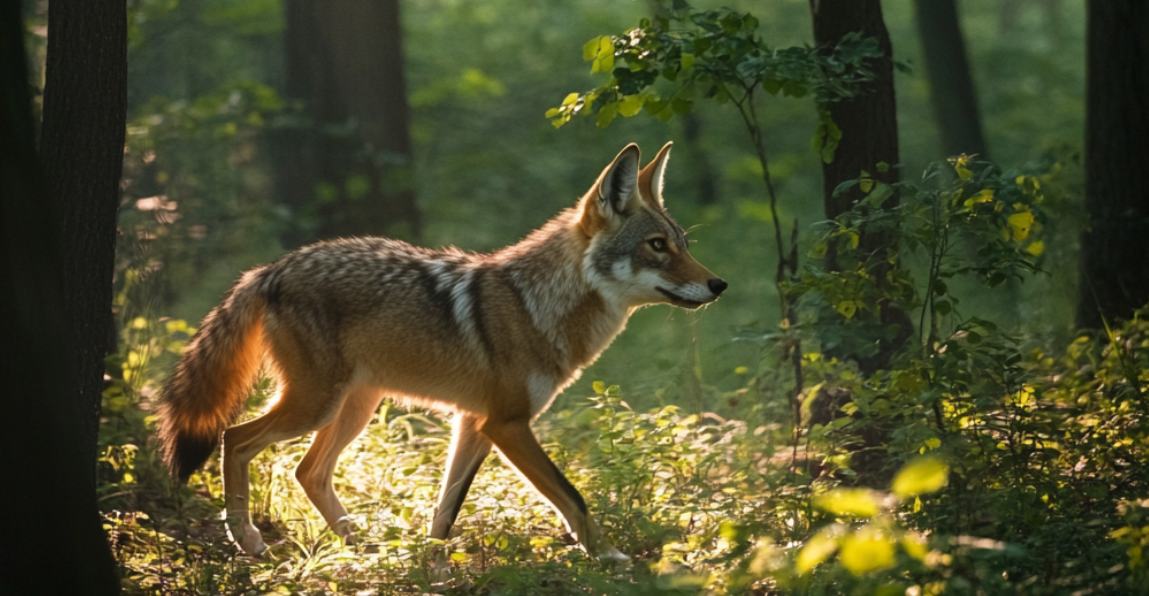


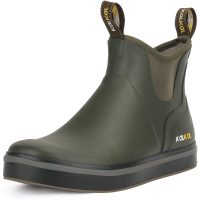
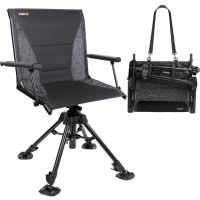


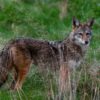
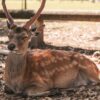

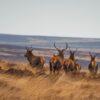
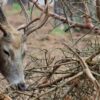
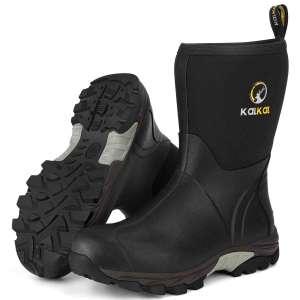
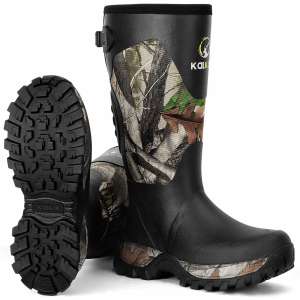
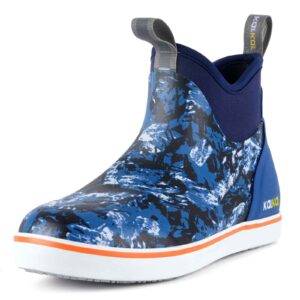
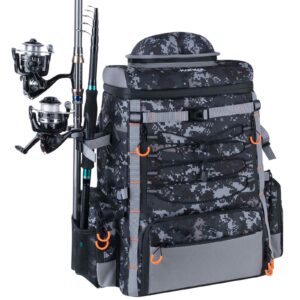

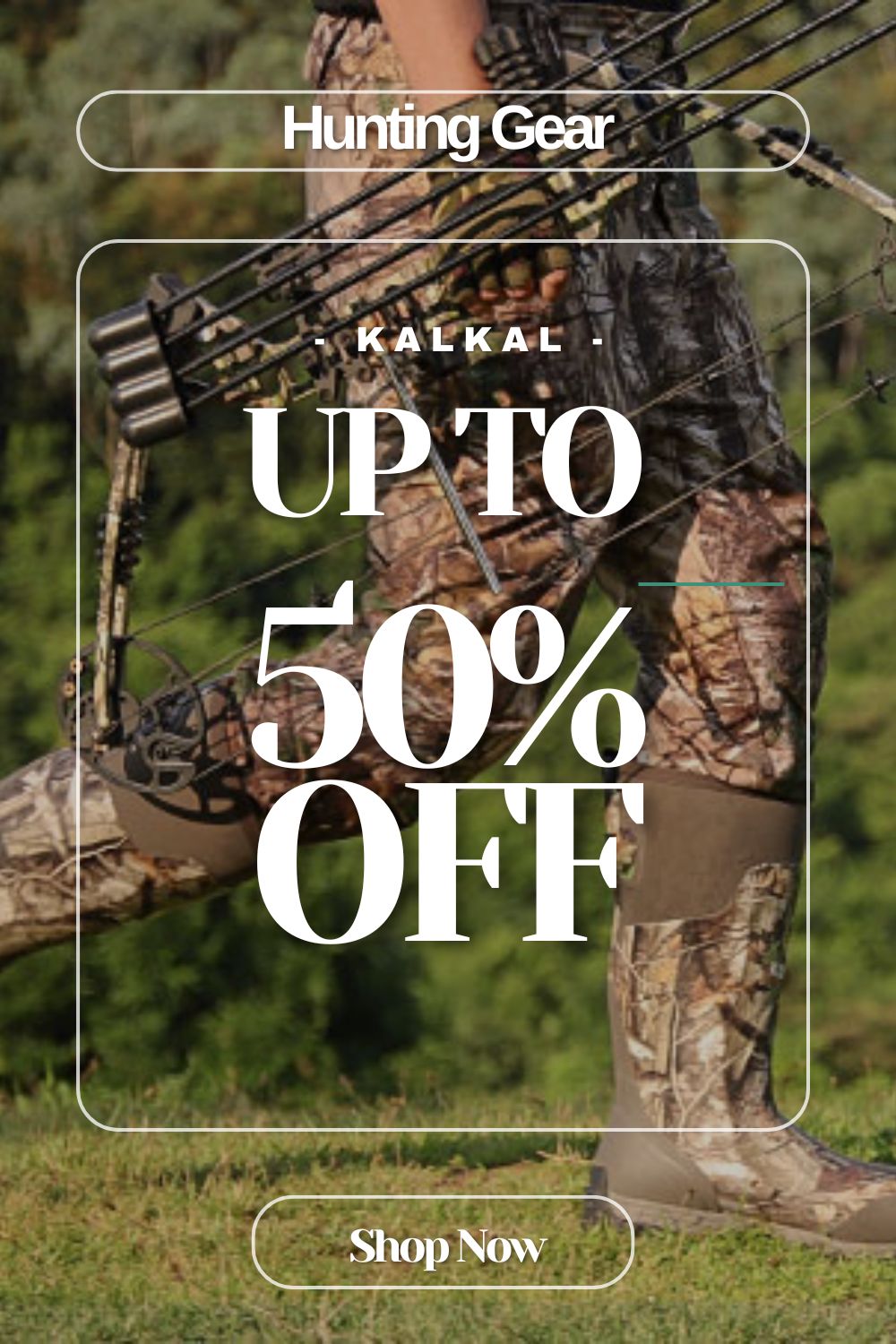

Leave a reply